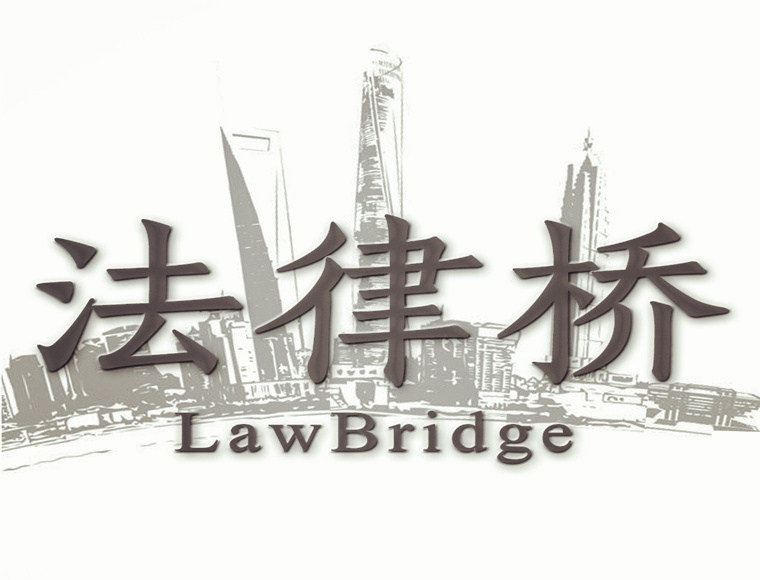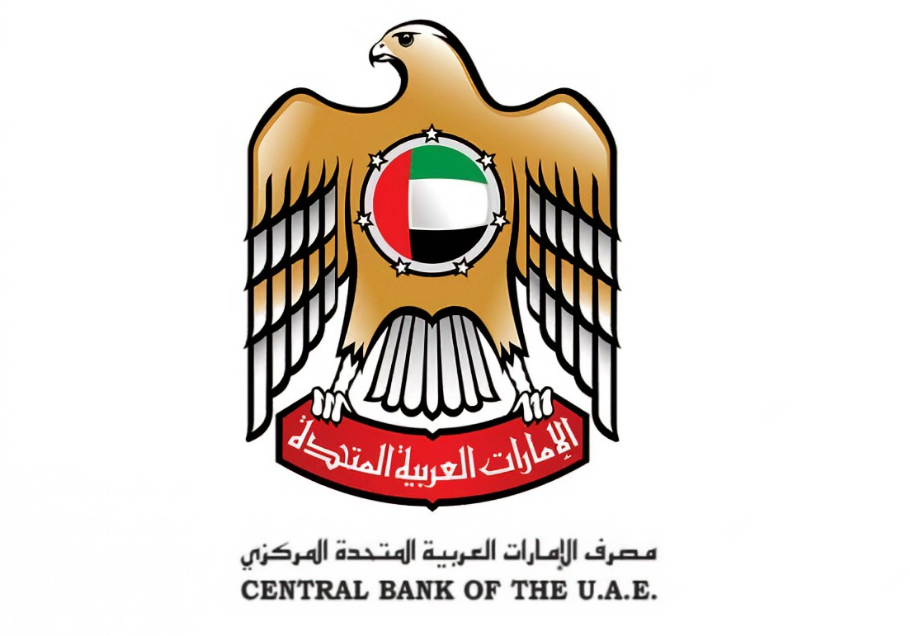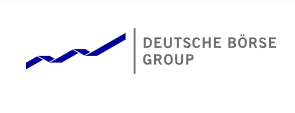Key points of legal due diligence on private equity investment by insurance funds - insurance institutions
Preface
We respectively elaborated on the key points of legal due diligence on private equity investment funds (hereinafter referred to as "target funds") to be invested by insurance funds and their managers. For the insurance institutions to invest in the target fund, as they are licensed financial institutions, compared with ordinary institutional investors, they must meet the mandatory regulatory requirements of the CBRC, And submit relevant materials on the investment target fund to the CBRC (including but not limited to the investment feasibility report, compliance report, description of related party transactions, follow-up management plan, legal opinion, investment agreement or subscription agreement, evaluation report on investment institutions and investment funds, internal decision-making documents, etc.). In view of this, in this article, we will introduce the relevant regulatory requirements that the insurance institutions that plan to invest in the target fund must comply with.
1、 Basic information
Subject qualification
Although the Interim Measures for the Supervision and Administration of Private Investment Funds (hereinafter referred to as the "Interim Measures") only stipulate that qualified investors of private investment funds are units and individuals that meet certain capital/asset conditions, in business practice, many well-known private equity institutions will conduct reverse due diligence on investors who intend to invest in private investment funds under their management. Therefore, we suggest that the insurance institution to be invested in private equity should be legally established and legally existing, and there is no circumstance that relevant laws and regulations, the articles of association or the partnership agreement should be terminated.
Qualified Investors
According to the relevant provisions of the Interim Measures, the units that meet the following requirements are qualified investors: they have the corresponding risk identification ability and risk bearing ability, and the amount invested in a single private fund is not less than 1 million yuan; Net assets shall not be less than 10 million yuan; Financial assets shall not be less than 3 million yuan.
We understand that the size of insurance funds is usually large, and various risk control systems are relatively complete. Therefore, the above criteria for qualified investors will not become an obstacle for insurance companies to make private equity investments.
2、 Corporate governance
According to the Interim Measures for Insurance Fund Investment in Equity (hereinafter referred to as "Document 79") and the Notice on Issues Related to Insurance Fund Investment in Equity and Real Estate (hereinafter referred to as "Document 59"), insurance companies investing in equity investment funds should meet the following corporate governance requirements: insurance companies must have sound corporate governance, management systems, decision-making processes and internal control mechanisms; If the equity investment of insurance funds involves a related relationship, the investment decision-making and specific implementation process shall take effective measures in accordance with the provisions of related party transactions to prevent shareholders, directors, supervisors, senior managers and other related parties from taking advantage of their special status to infringe the interests of the insurance company and the insured through related party transactions or other ways, and shall not conduct insider trading or benefit transfer. Therefore, we suggest that the insurance company to invest in the target fund should meet the following conditions in terms of corporate gover
Governance and management system
On the one hand, an insurance company should set up a scientific and reasonable organizational structure, define the specific responsibilities and rules of procedure of the "three meetings" (i.e., the board of directors, the shareholders' (general) meeting and the board of supervisors) and the management, and establish a functional division and governance mechanism of the insurance asset management department, the risk control department, the finance department and relevant business departments that work together and restrict each other. On the other hand, insurance companies should have a highly operable management system (including but not limited to audit compliance, financial accounting, information disclosure, labor employment, salary system, etc.).
Decision making process and internal control mechanism
Compared with other institutional investors, insurance institutions have higher requirements for capital security [1], so insurance companies should have a sound decision-making mechanism, including the creation and composition of decision-making bodies for different decision-making matters (such as investment project management, investor management, project financial management, etc.), the responsibilities and authorities of decision-making bodies, the discussion methods and decision-making procedures of decision-making bodies, etc. At the same time, insurance companies should also have risk management, internal control compliance management and other internal control mechanisms to prevent various investment risks.
[1] According to the Measures for the Administration of the Use of Insurance Funds, the use of insurance funds must aim at serving the insurance industry and adhere to the principles of prudence and safety.
Related party transaction management
In terms of related party transactions, insurance companies should establish specific related party transaction management systems, including the identification of related party transactions, responsibilities and division of labor of related party transaction management departments, reporting and disclosure of related party transactions, file management of related party transactions, accountability of related party transactions and other related systems, so as to prevent related parties from using their special status to conduct insider trading and benefit transfer. In view of the fact that the insurance company is a licensed financial institution, the scope of the insurance institution's related parties and the scope of related transactions identified in the relevant regulatory provisions are very wide [1]. Taking the insurance client recently served by Yang Chunbao's lawyer team as an example, the client intends to participate in the target fund's Phase II fundraising. According to the regulatory provisions, the target fund manager and a limited partner of the target fund's Phase I should be identified as the related parties of the insurance client. Therefore, it is necessary to determine whether the investment target fund constitutes a related party transaction, and if it constitutes a related party transaction, it is necessary to further determine whether it constitutes a major related party transaction. According to relevant regulatory provisions, if it is identified as a major connected transaction, it must be approved by the CBRC. If it is not a major connected transaction, it only needs to be filed afterwards.
[1] This is detailed below.
3、 Investment management
Investment management system
According to the provisions of Document No. 79, insurance companies investing in equity investment funds should strengthen the follow-up management of investment projects during the investment period and establish a whole process management system dominated by asset appreciation and risk control.
Therefore, we suggest that insurance companies should have a post investment management system covering the division of post investment management responsibilities, investment project tracking and governance, investment project exit management, information disclosure and other contents, so as to promote the profitability of the invested projects and further promote the continuous value increase of the fund; Insurance companies should also have a full process management system that runs through investment research, investment operation, operation guarantee and supervision, including professional organization management, investment project management, related party transaction management, information disclosure, risk management and crisis resolution system, emergency response mechanism for major emergencies, accountability system, etc., so as to ensure the effective implementation of relevant systems throughout the investment process and promote the standardized and efficient operation of the fund.
investment decision
According to the provisions of the Measures for the Administration of the Use of Insurance Funds, investment in equity investment funds by insurance groups (holding companies) and insurance companies shall be reviewed and approved by the Board of Directors or an institution authorized by the Board of Directors.
Therefore, we suggest that insurance companies should, in accordance with relevant regulations and the Company's Articles of Association, have the Board of Directors or an institution authorized by the Board of Directors approve relevant investment matters to ensure that the procedures are legal and compliant.
Asset trusteeship system
According to the provisions of Circular 79, insurance companies investing in equity investment funds must establish an asset trusteeship mechanism and operate assets in a standardized and transparent manner.
Therefore, we suggest that an insurance company should entrust a legally established custodian institution with fund custody qualification to conduct asset custody, sign a custody agreement and open a custody account. At the same time, it should also have a sound asset custody business management system, which should at least include the selection of custodian institutions, the rights and obligations of the custodian institution and the insurance company, custody supervision and management, and related responsibilities, So as to ensure the safety of the insurance company's assets as much as possible.
According to the provisions of Document No. 79, insurance companies investing in equity investment funds require that the insurance company's asset management department should have at least two professionals with more than three years of equity investment and relevant experience.
Therefore, we suggest that insurance companies allocate enough experienced equity investment professionals for their asset management departments according to the requirements of Document No. 79. Whereas Document No. 79 and other relevant laws and regulations do not specify what kind of "relevant experience" insurance company professionals should have, we understand that the ultimate purpose of insurance companies to invest in target funds is to invest in excellent enterprises and obtain good financial returns. Therefore, we suggest that insurance company professionals should not only have rich experience in equity investment, but also be familiar with financial management and enterprise operation, To meet the relevant requirements of laws and regulations such as Document No. 79.
Solvency
According to the provisions of Document No. 59 and the Notice of the CIRC on Matters Related to Investment of Insurance Funds in Venture Capital Funds (hereinafter referred to as "Document No. 101"), insurance companies investing in equity investment funds or venture capital funds have a solvency adequacy ratio of no less than 120% at the end of the previous quarter.
Source of investment funds
According to the relevant provisions of Document No. 79, insurance companies can invest in equity investment funds by using capital and reserve for insurance products. The life insurance company shall use the fund of universal, dividend and investment linked insurance products, and the property insurance company shall use the fund of non life insurance and non predetermined income investment insurance products to meet the requirements of product characteristics and investment plans; It is not allowed to use the funds raised by borrowing, issuing bonds, repurchase, inter-bank lending and other means to invest in the equity of enterprises, unless otherwise stipulated by the CBRC on the issuance of bonds.
Therefore, the source of funds for insurance companies to invest in equity investment funds should be within the scope permitted by Circular 79; Unless otherwise specified by the CBRC, insurance companies shall not use the methods prohibited by Circular 79 to raise funds for equity fund investment.
Book balance of equity investment
According to the relevant provisions of Circular 79 and Circular 59, when an insurance company invests in equity investment funds, the book balance of its investment in unlisted enterprise equity should not be higher than 5% of the company's total assets at the end of last quarter; The book balance of investment equity investment fund and other unlisted enterprise equity related financial products shall not be higher than 4% of the Company's total assets at the end of last quarter, and the total of the two items shall not be higher than 10% of the Company's total assets at the end of last quarter. The book balance does not include the equity of insurance enterprises directly invested by insurance companies with their own funds. The book balance of an insurance company's investment in the same equity investment fund shall not be higher than 20% of the issuing scale of the fund.
Therefore, the book balance of the investment equity assets of the insurance company up to the time of investment in the target fund should meet the aforementioned requirements of Document No. 79 and Document No. 59.
Self assessment
According to the provisions of Document No. 79, the CBRC formulates equity investment capability standards, and insurance companies and relevant investment institutions shall evaluate themselves according to the specified standards, and submit the evaluation report to the CBRC. The CBRC will inspect, track and monitor the equity investment capacity of insurance companies and relevant investment institutions.
Therefore, we suggest that insurance companies should conduct self-assessment and submit self-assessment reports on their organizational structure, professionals, basic systems, risk control systems, etc. to the CBRC.
Review and filing of connected transactions
If the investment target fund of an insurance company involves connected transactions, it shall meet the relevant provisions of the Measures for the Administration of Connected Transactions of Bancassurance Institutions (hereinafter referred to as "Order 1"): (1) Major connected transactions [1] shall be submitted to the Board of Directors for approval after being reviewed by the Connected Transactions Control Committee. Resolutions made at the meeting of the Board of Directors must be adopted by more than 2/3 of the non affiliated directors. If the number of non related directors attending the board meeting is less than three, it shall be submitted to the shareholders' (general) meeting for deliberation). In addition, if the insurance company has not set up a shareholders' (general) meeting, or the shareholders' (general) meeting cannot be convened due to the principle of avoidance, it shall still be reviewed by the board of directors and the provisions on avoidance shall not apply, but the associated directors shall issue a statement that there is no transfer of interests. (2) General related party transactions shall be reviewed in accordance with the Company's internal management system and authorization procedures, and filed by the Joint Declaration Transaction Control Committee.
Therefore, we suggest that the insurance company investing in the target fund, if involving related party transactions, should complete the corresponding related party transaction review, approval or filing procedures in accordance with Order No. 1.
[1] According to the provisions of Decree No. 1, the related party transactions of insurance companies are divided into major related party transactions and general related party transactions. Among them, major related party transactions refer to the transactions between an insurance company or its holding subsidiary and a related party with a single or annual accumulative transaction amount of more than 30 million yuan, and accounting for more than 1% of the audited net assets of the insurance company at the end of the previous year. After the accumulated transaction amount between the insurance company or its holding subsidiary and a related party in a year reaches the above standard, the subsequent related party transactions, if they meet the above standard again, shall be re identified as major related party transactions. General related party transactions refer to other related party transactions except major related party transactions.
4、 Violation/violation and litigation
According to the provisions of Document No. 79, insurance companies are required to invest in equity investment funds without major violations in the past three years.
Therefore, we suggest that insurance companies should ensure that the following situations do not exist: they are subject to criminal penalties or administrative penalties imposed by financial regulatory authorities; Administrative supervision measures taken; Being investigated or inquired (both formal and informal) by any government department before, now or expected; Being disciplined by the industry association; There is negative information in the integrity database of the capital market; Be included in the list of dishonest persons to be executed; There is no bad credit record on the "Credit China" website; There are bad records of loan transactions, guarantee transactions, tax arrears, civil judgments, and enforcement. If the insurance company has any of the above circumstances, it shall truthfully explain them, and the lawyer shall demonstrate in the relevant legal opinion that such circumstances are not serious violations of laws and regulations.
5、 Comply with other prudential conditions stipulated by the CBRC
According to the provisions of Document No. 79, insurance companies are required to meet other prudential conditions stipulated by the CBRC when investing in equity investment funds.
In recent years, the financial supervision department has been relaxing the restrictions on insurance investment, and constantly strengthening supervision, and has introduced new regulations from time to time. For example, the Guiding Opinions on Regulating the Asset Management Business of Financial Institutions jointly issued by the People's Bank of China and other four departments in 2018 The Measures for the Supervision and Administration of Insurance Group Companies issued by the CBRC in 2021 and the Notice of the CBRC on the Implementation of the Supervisory Rules (II) on the Solvency of Insurance Companies, etc. Therefore, we understand that an insurance company should not only comply with the then effective regulatory provisions, but also promise that it will continue to comply with other prudential conditions stipulated by the CBRC in the future.
6、 Program compliance requirements
Insurance companies investing in equity investment funds should not only meet the above substantive requirements, but also comply with the procedures. Specifically, procedural compliance is reflected in two aspects: first, the investment decision-making process complies with laws and regulations, regulatory provisions and the provisions of the Articles of Association; Second, the relevant materials to be submitted to the CBRC (including but not limited to investment feasibility report, compliance report, description of related party transactions, subsequent management plan, legal opinion, investment agreement or subscription agreement, evaluation report on investment institutions and investment funds, internal decision-making documents, etc.) should be complete.























































First, please LoginComment After ~